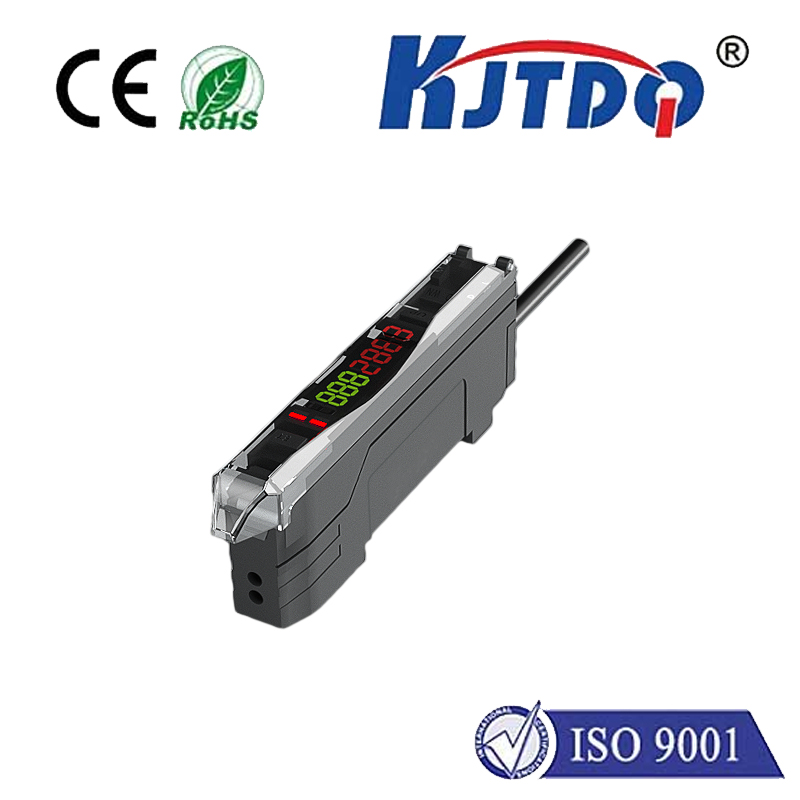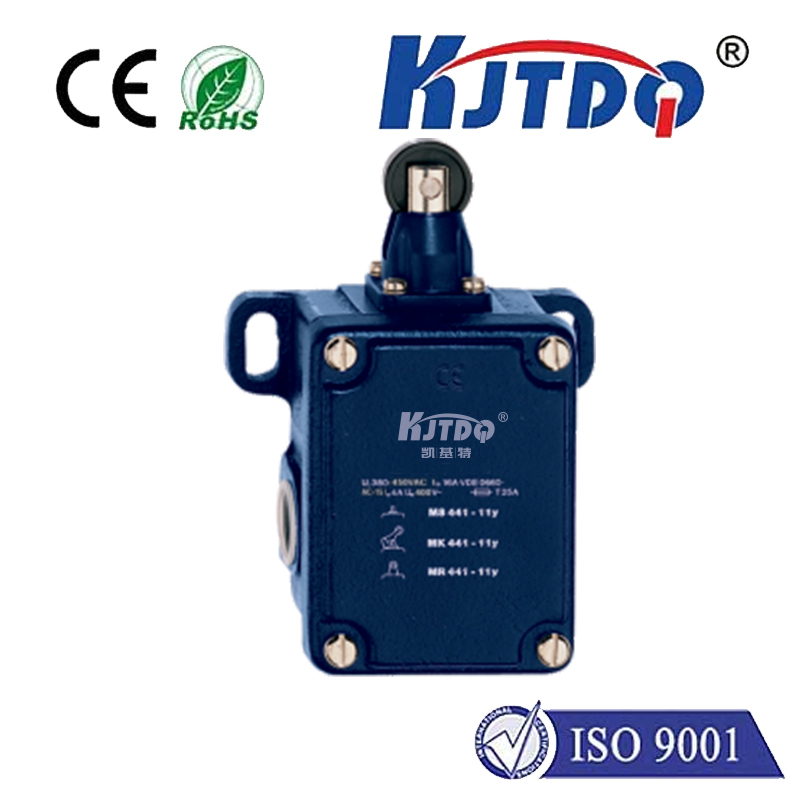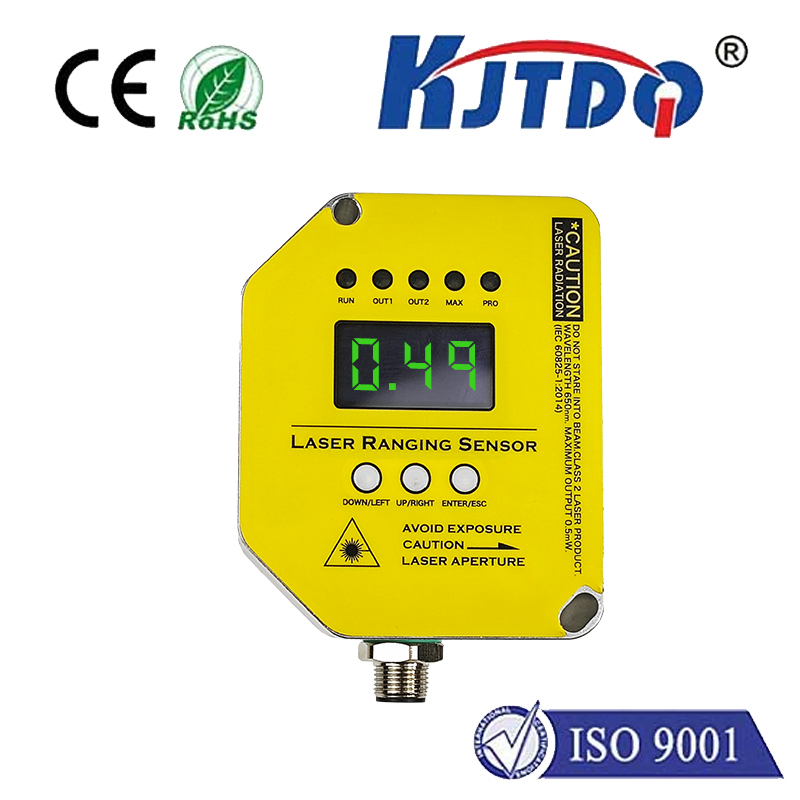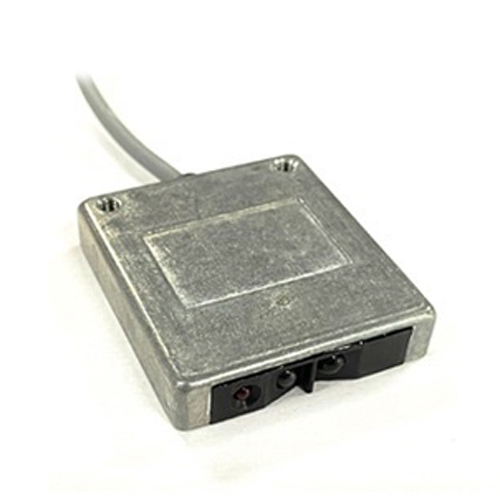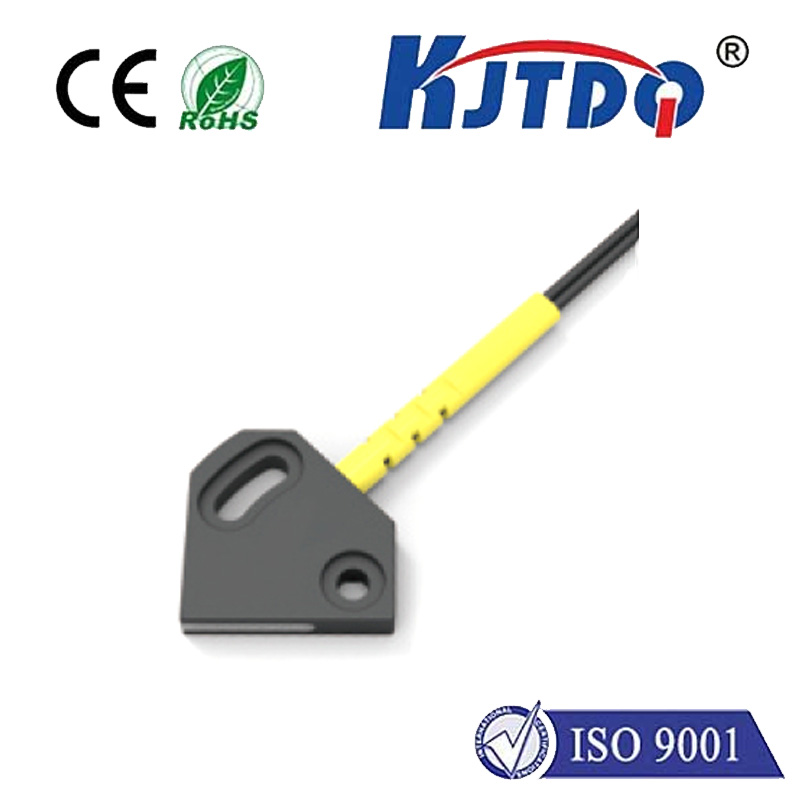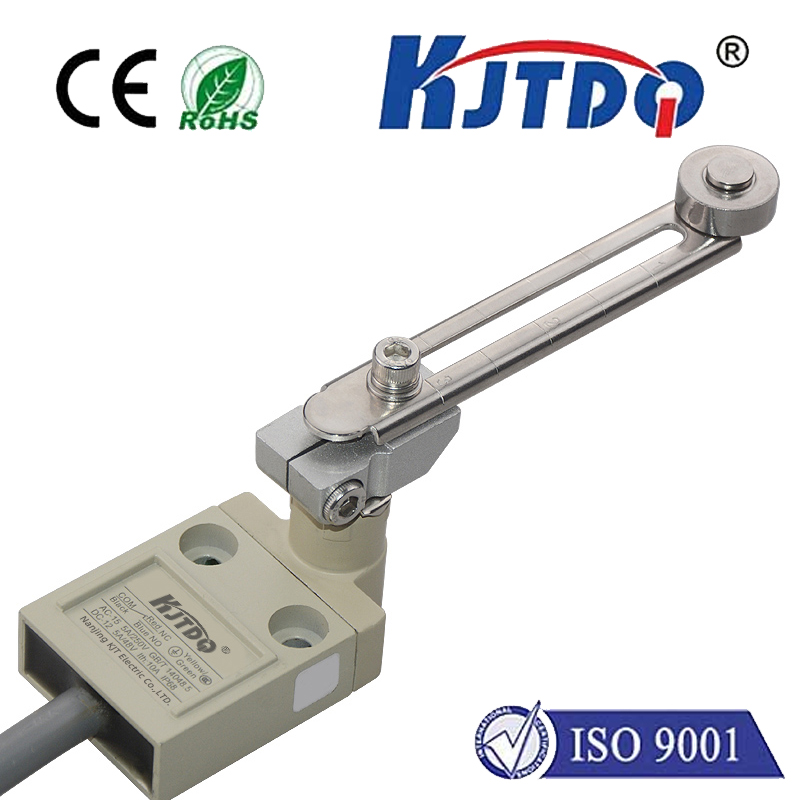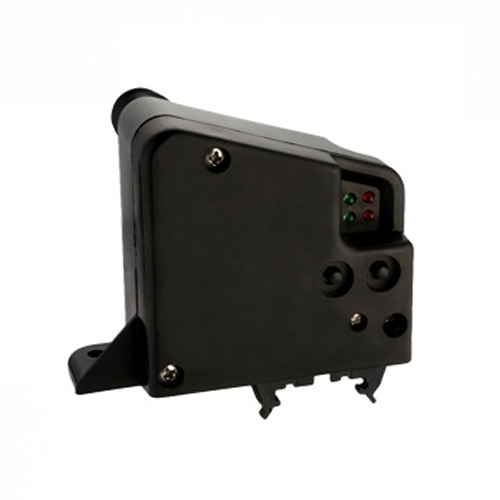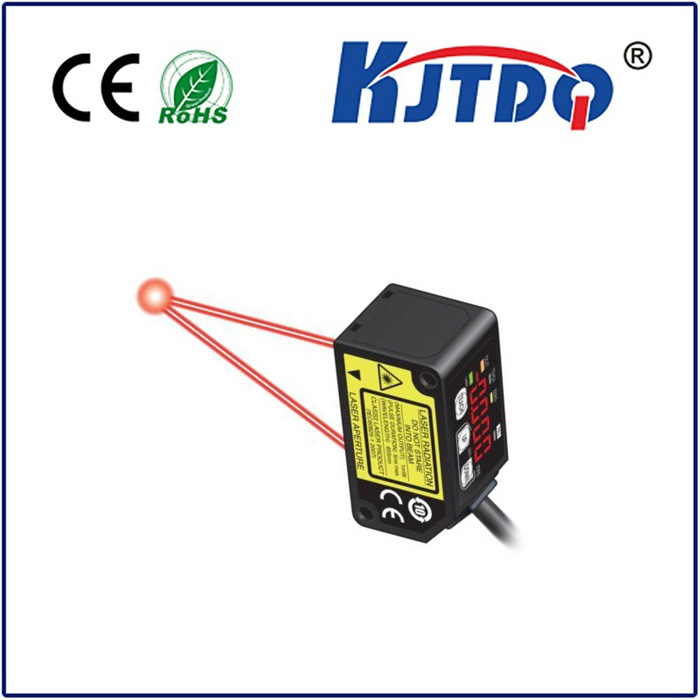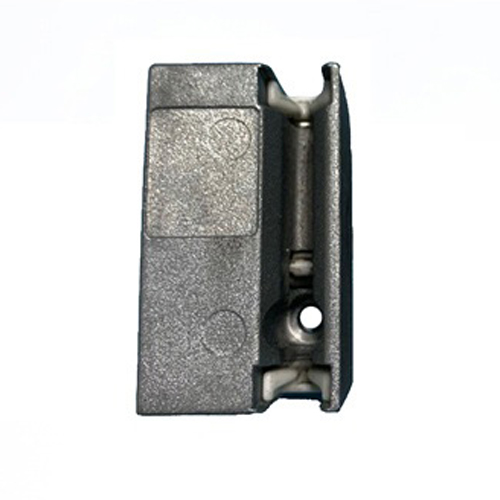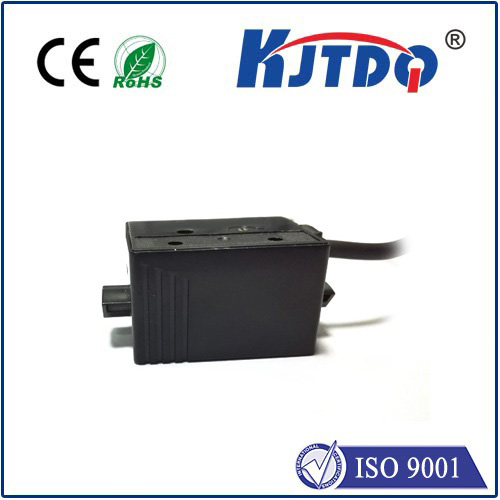BES01TP high pressure proximity sensor
- time:2025-10-14 07:43:12
- Click:0
Unlocking Precision in Demanding Environments: The Essential Role of the BES01TP High Pressure Proximity Sensor
In the intricate dance of modern industrial automation, safety and reliability are non-negotiable, especially within systems operating under immense pressure. Hydraulic power units, high-pressure pumps, valve manifolds, test stands – these critical components form the backbone of numerous industries, from manufacturing and energy to aerospace and heavy machinery. Precise, fail-safe sensing within these high-pressure zones is not just beneficial; it’s paramount to preventing catastrophic failures, ensuring operational continuity, and safeguarding personnel. This is where purpose-built sensors like the BES01TP High Pressure Proximity Sensor step into the spotlight, engineered to deliver unwavering performance where standard sensors falter.
Understanding the Core: What is the BES01TP Sensor?
The BES01TP identifies itself as a specific model within the realm of industrial inductive proximity sensors. Its defining characteristic, clearly highlighted in its name, is its specialized capability to operate reliably in high pressure environments. Unlike conventional inductive sensors, which might deform, leak, or malfunction under significant pressure loads, the BES01TP boasts a robust construction explicitly designed to withstand these extreme conditions.
Inductive proximity sensors, in general, detect the presence or absence of metallic objects without physical contact, generating an electromagnetic field. When a metal target enters this field, it induces eddy currents, causing a detectable change in the sensor’s oscillation. The BES01TP leverages this reliable technology but packages it within a housing and sealing system capable of enduring intense pressure, making it the crucial “eye” inside critical pressurized systems.
Conquering the Pressure Challenge: Why Standard Sensors Fail

Standard proximity sensors, while excellent for countless applications, possess inherent vulnerabilities in high-pressure scenarios:
- Housing Deformation: Non-reinforced sensor bodies can compress or deform under high external pressure, compromising internal components and sensing accuracy.
- Seal Failure: Standard O-rings or sealing methods may not withstand sustained high pressure, leading to fluid ingress (e.g., hydraulic oil) into the sensor. This causes immediate malfunction and potential short circuits.
- Diaphragm Effects: Pressure can distort the sensing face, altering the electromagnetic field characteristics and leading to unreliable switching points or false detections.
- Material Fatigue: Constant pressure cycling can induce premature wear and failure in inadequately designed components.
The BES01TP High Pressure Proximity Sensor directly addresses these failure points through meticulous engineering focused on resilience.
Engineering Resilience: Key Features of the BES01TP
- Pressure-Optimized Housing: Typically constructed from high-grade, corrosion-resistant stainless steel (V4A / 316L), the body is designed with reinforced walls and geometry to resist deformation even under significant external pressure loads.
- Advanced Sealing Technology: Features high-integrity sealing systems, often incorporating specialized seals and sealing techniques (like dual O-rings, specific groove designs, or pressure-balanced seals) guaranteed to prevent fluid ingress under continuous pressure exposure.
- Robust Sensing Face: The active sensing surface is reinforced and designed to minimize deflection caused by pressure, ensuring consistent and accurate target detection.
- High-Strength Materials: The use of durable materials throughout extends operational life and resists fatigue in demanding pressure-cycling applications.
- Temperature Tolerance: While optimized for pressure, these sensors also typically maintain performance across a wide industrial temperature range (e.g., -25°C to +70°C or wider).
Where Precision Under Pressure is Non-Negotiable: Key Applications
The BES01TP High Pressure Proximity Sensor finds its essential role wherever reliable sensing is needed within hydraulic or pneumatic systems operating at elevated pressures:
- Hydraulic Cylinders: Monitoring piston rod position (extension/retraction) within cylinders operating hydraulic presses, injection molding machines, construction equipment (excavators, cranes), and metal forming machinery.
- Valve Position Feedback: Confirming the open/closed status of critical high-pressure valves in process control systems, power generation plants (hydraulic actuators), and chemical processing.
- Pump & Motor Monitoring: Detecting shaft rotation or component position on high-pressure pumps and motors used in oil & gas, water jet cutting, and pressure testing equipment.
- Test Benches & Rig Monitoring: Providing precise position feedback on actuators, clamps, and test components within high-pressure test environments for R&D and quality assurance.
- Heavy Machinery: Used in the hydraulic control systems of agricultural equipment, mining machinery, and forestry equipment where robust, pressure-proof sensing is critical.
- Offshore & Marine Applications: Suitable for demanding environments found on ships, oil rigs, and subsea equipment where pressure and corrosion resistance are vital.
Critical Considerations When Implementing BES01TP Sensors
To maximize the performance and longevity of the BES01TP High Pressure Proximity Sensor, several factors must be carefully evaluated:
- Pressure Rating: Crucially, verify the sensor’s exact maximum permissible pressure (Pmax) specification matches or exceeds the maximum pressure expected in the application, including potential pressure spikes or surges. Never exceed this rating.
- Compatible Media: Ensure the sensor’s wetted materials (housing, seals) are chemically compatible with the fluid in the system (e.g., hydraulic oil type, water-glycol, specific chemicals).
- Temperature Range: Confirm the sensor’s operating temperature range aligns with the ambient and fluid temperatures encountered.
- Installation: Follow manufacturer guidelines precisely regarding mounting (thread specifications like M8x1 or M12x1, torque values). Correct installation is vital for maintaining pressure integrity. Consider flush or non-flush mounting based on the housing material (ferrous/non-ferrous). Ensure proper grounding.
- Target Material & Size: Verify the sensor reliably detects the specific metal alloy of the target and that the target size meets the sensor’s specified requirements for reliable switching.
- Electrical Specifications: Select the correct output type (e.g., PNP Normally Open/Closed, NPN) and voltage rating (e.g., 10-30V DC) compatible with the control system. Ensure adequate cable protection and strain relief.
Key Technical Specifications (Illustrative - Always Consult Exact Datasheet):
| Feature |
Typical BES01TP Specification |
Importance |
| Sensing Range |
e.g., 1.5mm / 2mm / 4mm |
Determines installation distance to target |
| Housing Material |
Stainless Steel (V4A/316L) |
Pressure resistance, corrosion resistance |
| Pressure Rating (Pmax) |
e.g., 400 bar / 500 bar |
CRITICAL: Maximum allowed operating pressure |
| Sealing |
Specialized High-Pressure Seal |
Guarantees leak-proof operation under pressure |
| Output Type |
PNP NO/NC, NPN NO/NC |
Compatibility with PLC/control system |
| Supply Voltage |
e.g., 10-30V DC |
Standard industrial voltage range |
| Protection Rating |
IP67, IP68, IP69K |
Resistance to dust, water ingress, cleaning |
| Temperature Range |
e.g., -25°C to +85°C |
Suitable for harsh industrial environments |
| Connection |
Cable (PUR) or Connector (M8/M12) |
Ease of installation and maintenance |
| Hysteresis |
< 10% of Sensing Range |
Ensures stable switching behavior |
The Vital Impact: Why Choose a High-Pressure Sensor Like the BES01TP?
Opting for a specialized high pressure proximity sensor like the BES01TP is an investment in:
- Enhanced Safety: Preventing leaks and sensor failures in high-pressure systems directly reduces the risk of hazardous fluid releases and associated accidents.
- Uncompromising Reliability: Minimizing unplanned downtime






